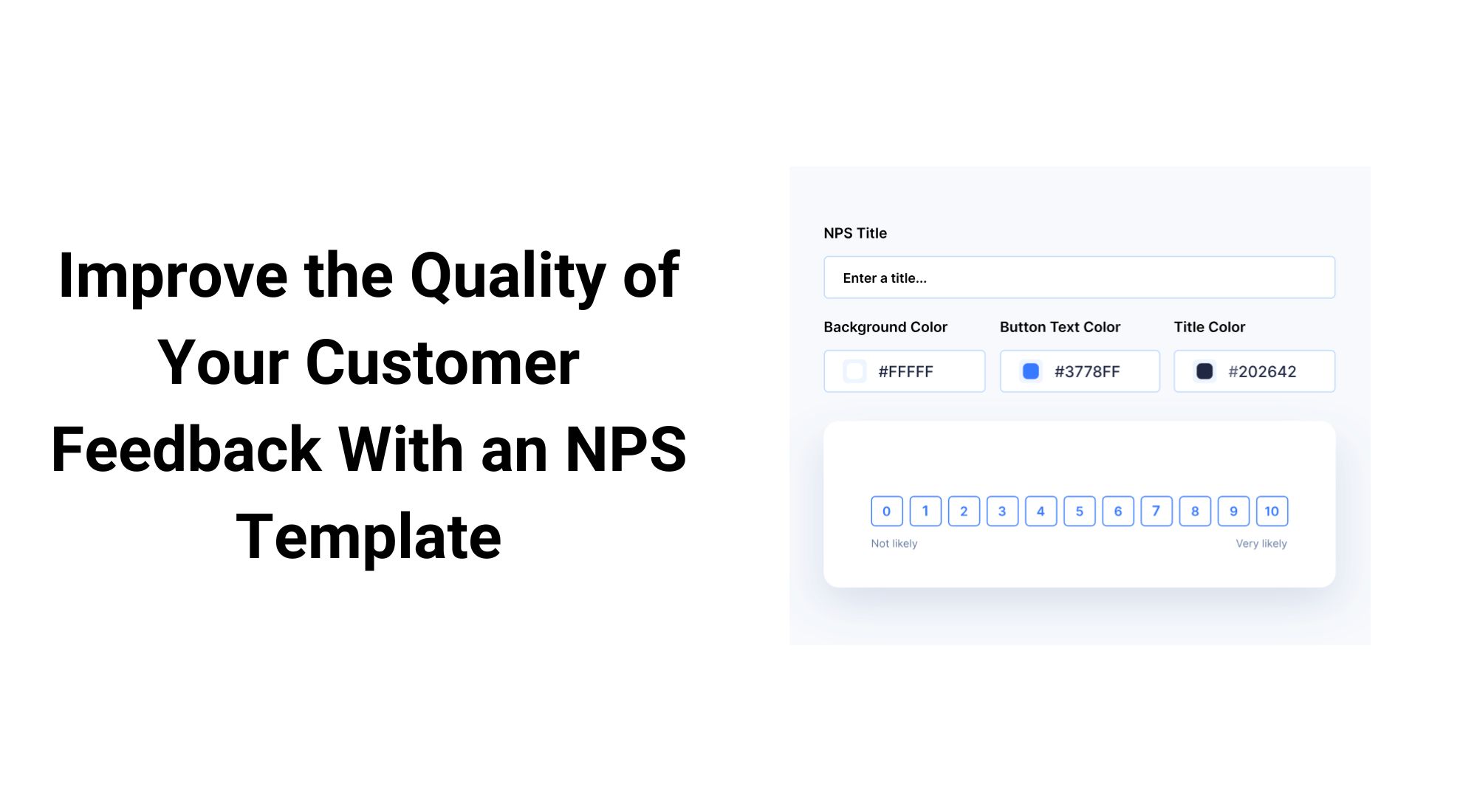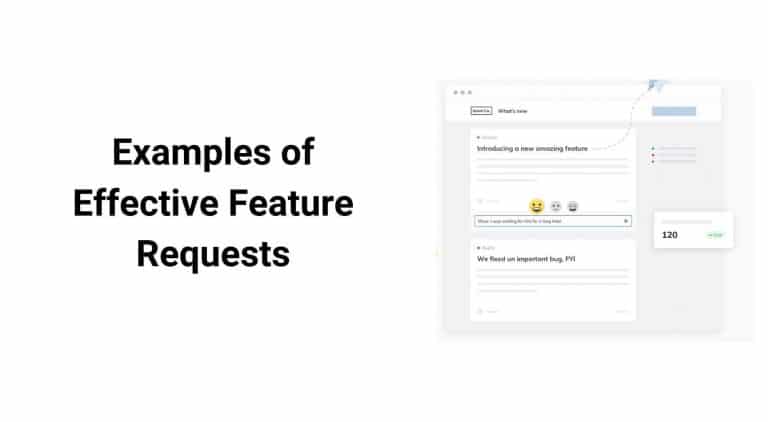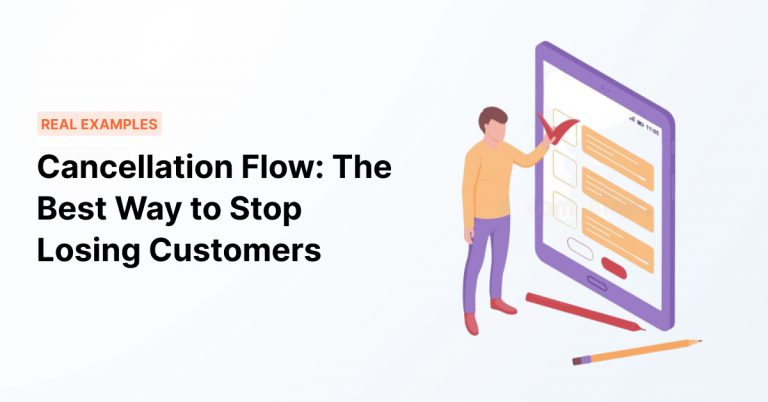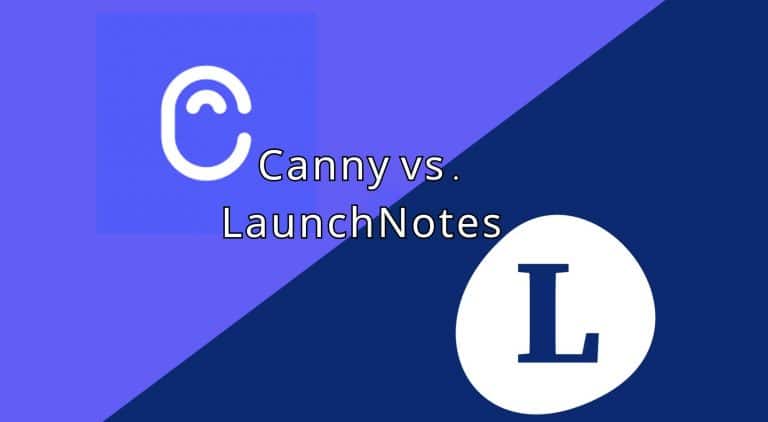Customer feedback is the best way to improve a company’s product or services to ensure it’s exceeding consumer expectations. But without helpful insight, it’s difficult to determine what needs improving and what is already working.
Net Promoter Score (NPS) templates allow companies to completely customize NPS surveys to drive the feedback they’re looking for and help their company become the very best it can be. Instead of taking a stab in the dark at what you think your consumers are enjoying or dislike, you can curate questionnaires that tell you exactly what you’re looking for to enhance the consumer experience.
Learn how to use NPS templates and how customizing them can be beneficial for your business.
Table of Contents
- What Is a Typical NPS Template Structure?
- Can an NPS Template Be Customized?
- Customizing an NPS Survey Template’s Rating Question
- Customizing an NPS Survey Template’s Follow-Up Question
- 4 Tips for Using and Customizing an NPS Template
- Gather Deep Insights With AnnounceKit’s Simplified NPS Survey Template Interface
What Is a Typical NPS Template Structure?
A Net Promoter Score (NPS) survey is intended to find out the likelihood of your consumers recommending your product or company to friends and family, so an NPS template should be customized around what you’re looking to know.
Typically, a standard NPS survey template structure consists of a two-part questionnaire. This is intended to offer brevity and more clarity than long-form surveys, resulting in significantly higher response rates.
The first question is straightforward and looks to find a simple rating from 0 to 10. The question can be something like, “On a scale of 0 to 10, how likely are you to recommend our product/company/service to friends and family?”
The second question is more open-ended and looks to find an answer as to why the score in the first question was given. It’s a follow-up question that might be something like, “What is the primary reason(s) for the rating of our product/services?”
Can an NPS Template Be Customized?
Although most NPS templates follow this two-part questionnaire structure, you can customize the NPS survey to fit your company, product, or service.
In fact, it’s encouraged to customize your NPS survey template to collect the most helpful insight and feedback for your business.
To gather more insights, you might consider adding more optional questions in addition to the standard two-part questionnaire on an NPS template. These questions can be closed-ended (ratings, multiple choice options, nominal) or open-ended, similar to the follow-up question above.
AnnounceKit’s Net Promoter Score software allows users to customize their NPS survey templates to receive the best and most insightful feedback for their business. With our software, you can set up personalized NPS surveys to gather feedback on specific touchpoints or overall user experience, depending on what you want to know, and create NPS surveys that fit your brand.

Quick Setup, Easy to Use, and Many Integrations
Manage your product announcements from a single place and easily distribute them
across multiple channels.
Customizing an NPS Survey Template’s Rating Question
As a business, you want to include rating questions to get a straightforward response on the likelihood of receiving a referral. This is the number you will use to then calculate your overall Net Promoter Score, so you want the question to be specific to exactly what it is that you want to know. It is completely customizable to fit your target audience and data needs.
And, depending on what you want to know, this will also help you determine the best time to send out your NPS survey.
When creating your survey and considering different rating questions you might ask, clearly formulate the goal of your NPS survey. This will help you single out the rating question that will allow for the most actionable customer feedback.
Consider these things:
- Targeted customer segment
- Survey channel
- Triggering events
- Behavior over time
- Touchpoint in the customer journey
- Customer’s pain points
- Something that might convert your customer into a loyal enthusiast
Ask for a Company Rating
First and foremost, you want a company rating, so that’s what you need to ask for. If you’re new to NPS surveys, you might consider sticking with the default NPS rating question, “On a scale of 0 to 10, how likely are you to recommend our company to friends or family?”
With this simple icebreaker question, you’re:
- Opening communication with your customer base
- Receiving their customer satisfaction level
- Potentially gathering insight into other departments in your company
- Measuring customer loyalty
- Collecting data
Ask for a Specific Product or Service Rating
By replacing the word “company” with a product or service, you’re now asking for a rating on something more concrete, which often brings out a more quantitative customer rating.
The question might now look like this: “On a scale of 0 to 10, how likely are you to recommend [insert product or service] to friends or family?”
Now, instead of the feedback being more general about the company, it is more specific to the exact product or service you’ve inquired about.
The responses will give information about what needs improvement and give a clearer picture of what should be made a priority for future updates. As a product manager, you can consider this information when working on perfecting your product or service.
By replacing “company” with a specific product or service, you are now:
- Receiving responses on how to fix or improve product features
- Learning what needs to be prioritized
- Shifting the focus of the NPS to something more specific
- Allowing your company to be confident in decisions regarding product changes
Ask for a Specific Experience Rating
With another simple tweak, you can customize your NPS rating question to gather specific information about a customer experience — dealing with customer support, receiving a product, etc. By adding a simple phrase to the question, you’re targeting your customer response to specifically what you’re looking for.
The newly customized question could look like these:
- “Considering your recent purchase, how likely are you to recommend our [company/product/service] to friends or family?”
- “Following the latest feature update, how likely are you to recommend our [company/product/service] to friends and family?”
- “How likely are you to recommend our [company/product/service] to friends or family based on your recent customer support team interaction?”
Targeting a specific experience is important to help shift the focus from the company or product itself, expose customer issues or concerns, and allow for immediate action to improve customer satisfaction.
Customizing an NPS Survey Template’s Follow-Up Question
Most often, an NPS survey uses this open-ended follow-up question: “What is the primary reason(s) for your score?”
If you’re new to NPS surveys, this question might seem fine and give you enough insight to make some positive changes. However, by customizing the NPS survey template follow-up question, you can be more specific and gather the information you really want to know.
Questions for Promoters
Promoters are the people who are advocating for your brand. They offer ratings between 9-10 and are seen as the most valuable customers for your company.
When posing follow-up questions for promoters, you’re looking for them to amplify the positive experiences they’ve already had. You can do this by asking for more details from their initial survey response.
Examples:
- “What did you like the most about our [company/product/service]?” The data collected here is valuable for helping tweak products or services in future updates and alter marketing to better position your product.
- “What did you find the most valuable about our [company/product/service]?” This information allows product managers and teams to prioritize what needs to be worked on for future updates.
- “How did using our [product/service] benefit you the most?” This data gives insight into how your product is performing. What is working the best for customers and what might you be able to do without?
- “How does our [product/service] meet your needs?” This information helps guide a company’s actions during design and development.
- “What problem is our [product/service] solving for you?” With this information, you can better refine your product or service.
Questions for Passives
Passives are defined as customers who offer ratings between 7-8. They are seen as neutral and will likely continue to use your company if they don’t find something better, but they’re probably not going out of their way to recommend you.
It’s important to construct specific follow-up questions for passives because, with the right questioning and follow-through, you can turn passives into promoters.
Examples:
- “What is something we can do to make you happier with our [company/product/service]?” This question shows you care about your customers and their experience/satisfaction.
- “Why did you choose to go with our [company/product/service] over one from our competitor(s)?” Data collected from this type of question can help you determine what helped your company stand out.
- “What do you like the most/least about our [company/product/service]? Asking for both most and least offers a better chance at turning passives into promoters rather than letting them slip into detractors.
You can also consider many of the same questions used for promoters and word them so they better target the passive audience.
Questions for Detractors
Detractors are those that are least likely to recommend your business. They offer Net Promoter Scores of 0-6 and were dissatisfied with your company or product for one reason or another. Following up with them allows you the opportunity to identify weak spots and make changes for improvement, hopefully turning detractors into passives or promoters.
Constructing open-ended follow-up questions that best address their pain points is crucial for the future of your company.
Examples:
- “What was missing for you in your experience with us?” This question encourages customers to provide constructive criticism that can be used to better customer satisfaction.
- “What is something we can do to make you happier with our company?” This question shows detractors that you care about them and how they’re using your product, building a relationship with them.
- “What did you like the least about our [company/product/service]?” This gives insight on how to provide a more pleasant experience.
- “What problem are you trying to solve by using our [product/service]?” This data gives specific issues for a business to act on.
4 Tips for Using and Customizing an NPS Template
#1: Identify Your Main Goal
The idea behind a custom NPS template is to make it your own so you can get exactly what you’re looking for from it.
Instead of cluttering your NPS survey with endless questions that might deter the consumer or ultimately become overwhelming, think of the main reason you’re reaching out in the first place. Use that reasoning to formulate a goal and single out the one or two questions that will bring you the best responses to make actionable changes.
#2: Remember That Less Is Often More
NPS surveys are meant to be short, allowing for brevity and clarity in the consumer’s responses. Keep this in mind when formulating your NPS template and don’t bog it down with too many questions.
In this case, more questions don’t necessarily mean you’ll be provided more value from consumers. Instead, the opposite can happen. The responses can become confusing and contradictory, missing the point of what you’re trying to figure out.
#3: Consider Adding a Thank You Message
A ‘Thank You’ message can be a nice touch to include at the end of your NPS survey. Not only does this simple message express your gratitude for your customers for taking the time to provide feedback, but it also helps build the relationship many consumers are looking for with businesses they interact with.
Consider these examples:
Thank You message for promoters: “Thank you for taking the time to offer your feedback. We are thrilled to hear that you’re a big fan of our [company/product/service]. With this information, we can discover new opportunities for improvement so that you can continue to have the best experience possible when you choose to use our business.”
Thank You message for passives: “Thank you for taking the time to offer your feedback. Our goal is to create the best [company/product/service] possible so that you and consumers like you can have the best experience possible. With your thoughts, suggestions, and ideas, we can better identify areas for improvement.
”Thank You message for detractors: “Thank you for taking the time to offer your feedback. We are sorry that our [company/product/service] did not meet your needs, but we hope you know that we value your ideas and suggestions. Our team may reach out in the future so we can learn more about how we can further improve our company to exceed your expectations.”
#4: Try Segmenting and A/B Testing Your Audience
You won’t know what works best until you’ve tried multiple strategies, so you might consider segmenting and A/B testing your audience with separate NPS templates for different categories of consumers.
By using this strategy, you can play around with different follow-up and open-ended questions for specific consumer groups and analyze the data to determine which questions produce the most or best feedback.
From here, use these top-performing questions in your final NPS survey template for all future NPS surveys.
Gather Deep Insights With AnnounceKit’s Simplified NPS Survey Template Interface
Creating NPS survey templates makes collecting information regarding your company easier than ever.
AnnounceKit allows users to customize their NPS survey templates so you can target specific audiences, gather the feedback you really need, and utilize those insights to better your company.
Not only does AnnounceKit offer a simplified NPS survey template interface, but we also have a changelog template and feature request template to make delivering information and gathering insight easier than ever.
If your business is struggling to create helpful but simplified NPS surveys that gather the insights you’re looking for, use AnnounceKit’s NPS survey template. Start your free trial today.

Quick Setup, Easy to Use, and Many Integrations
Manage your product announcements from a single place and easily distribute them
across multiple channels.







